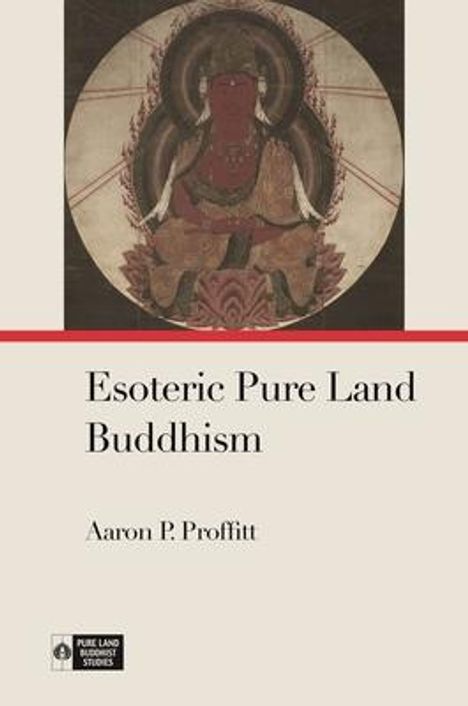Aaron P Proffitt: Esoteric Pure Land Buddhism
Esoteric Pure Land Buddhism
Buch
- Herausgeber: Richard K Payne
lieferbar innerhalb 2-3 Wochen
(soweit verfügbar beim Lieferanten)
(soweit verfügbar beim Lieferanten)
EUR 47,36*
Verlängerter Rückgabezeitraum bis 31. Januar 2025
Alle zur Rückgabe berechtigten Produkte, die zwischen dem 1. bis 31. Dezember 2024 gekauft wurden, können bis zum 31. Januar 2025 zurückgegeben werden.
- University of Hawaii Press, 01/2024
- Einband: Kartoniert / Broschiert
- Sprache: Englisch
- ISBN-13: 9780824893712
- Bestellnummer: 11502723
- Umfang: 468 Seiten
- Gewicht: 676 g
- Maße: 228 x 152 mm
- Stärke: 34 mm
- Erscheinungstermin: 31.1.2024
Achtung: Artikel ist nicht in deutscher Sprache!
Weitere Ausgaben von Esoteric Pure Land Buddhism
Klappentext
What, if anything, is Esoteric Pure Land Buddhism? In 1224, the medieval Japanese scholar-monk Dōhan (1179-1252) composed The Compendium on Esoteric Mindfulness of Buddha (Himitsu nenbutsu shō), which begins with another seemingly simple question: Why is it that practitioners of mantra and meditation rely on the recitation of the name of the Buddha Amitābha? To answer this question, Dōhan explored diverse areas of study spanning the whole of the East Asian Mahayana Buddhist tradition. Although contemporary scholars often study Esoteric Buddhism and Pure Land Buddhism as if they were mutually exclusive and diametrically opposed schools of Buddhism, in the present volume Aaron Proffitt examines Dōhan's Compendium in the context of the eastward flow of Mahayana Buddhism from India to Japan and uncovers Mahayana Buddhists employing multiple, overlapping, so-called "esoteric" approaches along the path to awakening.Proffitt divides his study into two parts. In Part I he considers how early Buddhologists, working under colonialism, first constructed Mahayana Buddhism, Pure Land Buddhism, and Esoteric Buddhism as discrete fields of inquiry. He then surveys the flow of Indian Buddhist spells, dhāraṇī, and mantra texts into China and Japan and the diverse range of Buddhist masters who employed these esoteric techniques to achieve rebirth in Sukhāvatī, the Pure Land of Bliss. In Part II, he considers the life of Dōhan and analyzes the monk's comprehensive view of buddhānusmṛti as a form of ritual technology that unified body and mind, Sukhāvatī as a this-worldly or other-worldly soteriological goal synonymous with nirvana itself, and the Buddha Amitābha as an object of devotion beyond this world of suffering. The work concludes with the first full translation of Dōhan's Himitsu nenbutsu shō into a modern language.

Aaron P Proffitt
Esoteric Pure Land Buddhism
EUR 47,36*

